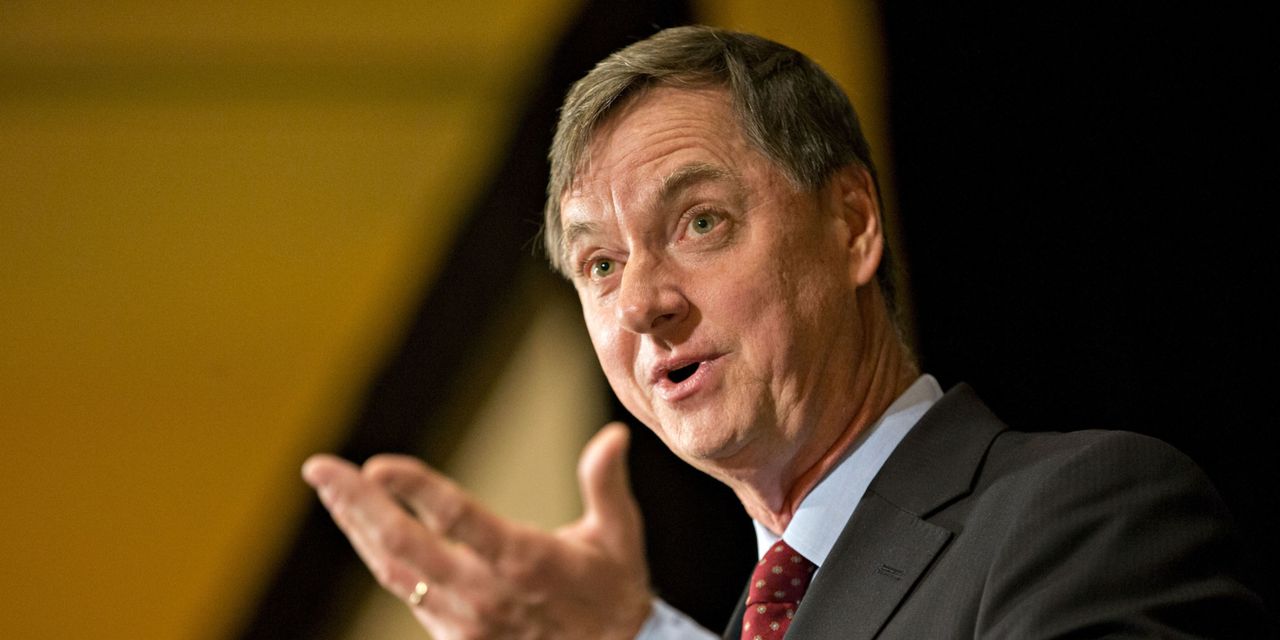Chicago Fed President Charles Evans on Tuesday gave a spirited defense of the dot plot as he said rates may need to plateau next year.
Speaking at the Official Monetary and Financial Institutions Forum in London, Evans said he supports what the Fed calls the summary of economic projections.
“Think how much uncertainty and costly volatility we would have unnecessarily generated this past year if we had not augmented our policy moves with guidance about our plans for the ultimate level for the federal funds rate,” said Evans.
“Indeed, in this rate cycle the information in the SEPs and other Fed communications likely has strongly assisted in tightening financial conditions quickly and substantially without the large dislocations in financial flows that have at times accompanied past changes in the trajectory of policy. There was no taper tantrum this time,” he said.
Earlier dot plots show how much the Fed has been surprised by inflation. In December, Fed officials thought the fed funds rate would end the year at 0.9%. Even in June, the Fed projected rates would end the year at 3.4% — nearly where they are with two scheduled meetings still to come this year.
Evans said his own view is “roughly” in line expressed in the most recent SEP — that there’s another 100 to 125 basis points of rate increases for 2022, followed by rates rising to 4.6% by the end of 2023, and then falling to 2.9% over the next two years.
He said with the median federal funds rate projected to be 4.4% by the end of the year, and core inflation forecast to be 3.1% next year, the real federal funds rate would be something like 1.3% — higher than the 0.25% to 0.5% range the Fed sees as the long-run real neutral rate. “So by this calculation, it’s clearly restrictive,” he said. The reduction in the balance sheet is worth roughly 35 to 50 basis points of policy restraint, he added.
Evans said at some point it will be appropriate to slow the pace of rate increases and let rates plateau for a while, due to the aggressive pace of tightening, as well as the fact it takes time for tighter conditions to show through to output and inflation.
He made a similar comment in an interview with CNBC, saying he was nervous the Fed hasn’t waited long enough to assess the increases. Evans suggested the Fed will stop hiking rates in March.
Evans said he saw signs supply-chain difficulties were abating, such as through less congested ports, falling freight costs and improving delivery times. But he said as some issues get resolved, like microchip availability for motor vehicles, new ones crop up.
Evans becomes a voting Federal Open Market Committee member next year. St. Louis Fed President James Bullard and San Francisco Fed President Mary Daly also are scheduled to deliver speeches on Tuesday.
